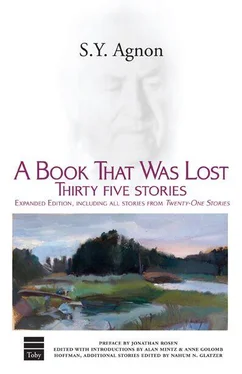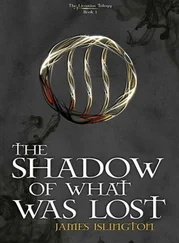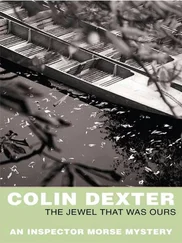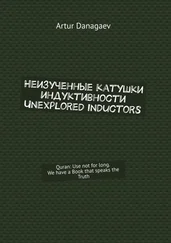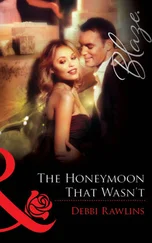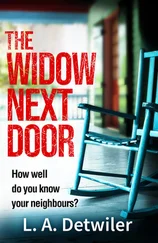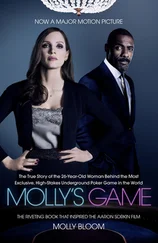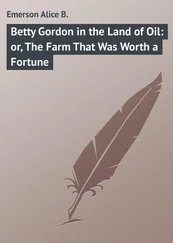Day was done, and everyone began to go. The two sisters were still standing there, silent. Finally one turned toward home, as did the other. Between them, the forest and all its trees loomed dark. Then stars began to appear, lighting the road for these two sisters who had been together briefly on this final day of the holiday, who now took leave of each other and would not be together for many days, not until the next holiday — one of them heading this way, the other heading that way.
Agnon’s stories over a thirty year period combine a sense of personal confusion with a more pervasive sense of existential dislocation. These narratives find their starting point within the psyche, but their effect quite often is to blur the distinction between inner and outer worlds. Most striking is their use of culturally specific terms to create dramas of impulse and inhibition, desire and constraint, longing and isolation. But these are versatile narratives that can also be read as responses to crises of Jewish modernity from the Emancipation to the present day. Through a focus on individual dilemmas, they draw us into narrative situations that carry resonances on multiple levels of experience.
Among these stories are some that have been described as Kafkaesque, a label Agnon always resisted and some of his critics have decried. These stories may remind one of Kafka’s tendency to portray the impotence of the individual in a world he or she cannot completely decipher. However, Agnon’s stories always retain suggestions of an identifiably Jewish frame of reference, along with lingering suggestions of possibilities of redemption. These dimensions are hardly ever to be found in Kafka’s universe.
The first two stories, “To the Doctor” and the well-known “A Whole Loaf,” were published in periodicals in the 1930s and form part of The Book of Deeds . Both place the protagonist in ostensibly mundane situations, but each offers the reader cues that suggest broader spiritual implications. The title “To the Doctor” opens the story to the possibility of a cure for unspecified ills. The story places the narrator between Mr. Andermann — a character whose name suggests a German rendering of the Sitra Ahra, the demonic “other side”—and a baal tefillah (one who leads communal prayer), who offers the protagonist the opportunity to participate in the collective confession of the Day of Atonement.
The Search for Meaning
Like “To the Doctor,” “A Whole Loaf” organizes itself around a conflict. The protagonist is caught between the desire to fill his belly after a day without food and the obligation to mail the letters entrusted to him by Dr. Yekutiel Ne’eman. The letters of Dr. Ne’eman carry with them the potential to bring words of cure to those who are ill, just as Dr. Ne’eman’s book is said to have improved the lives of those who read it. Thus, the request that Dr. Ne’eman makes of the narrator — to deliver his letters to the post office before it closes — carries with it the sense of a higher ethical mission.
It is a short interpretive step from the bearded sage Dr. Ne’eman and his letters of spiritual uplift to the figure of Moses and the giving of the Torah, a step that is supported by a reading of Dr. Ne’eman’s name. As the Israeli critic Baruch Kurzweil pointed out, Yekutiel — which means “listens to God”—is a name that has been applied to Moses, and the epithet ne’eman —“faithful”—is used to describe Moses as the faithful servant of God. Going further, we can note the dispute about Dr. Ne’eman’s book. Did he simply write it himself or was it, as he claims, dictated by an unseen master? That dispute brings to mind the split between those who view the Torah as the product of revelation and those who see it as the product of human inspiration. The story is replete with cues that invoke the broader framework of communal values and traditions, but in a way that makes them part of the situation of a modern everyman.
That everyman is a fellow who wants to sit down and enjoy a good meal but is impeded in fulfilling his wish by a commission that recalls him to a spiritual dimension he is in danger of forgetting. Imaginative participation in this conflict does not require any particular acquaintance with Jewish learning. Some awareness of what Agnon has packed into the text, however, gives the reader access to a kind of learned gamesmanship that the text conducts with rabbinic injunctions and midrashic tales. Agnon is a master of this kind of erudite fun, and nowhere is it better illustrated than in “A Whole Loaf.”
Consider the title of the story. What is this “whole loaf”? Is Agnon reminding us that the Sabbath blessing over bread may be recited only over a loaf that is whole, not cut? Are we meant to interpret the phrase in light of the rabbinic injunction to make a Sabbath blessing over two loaves? Or should we interpret the whole loaf as an indication of the greedy and egotistical nature of the narrator who will settle for nothing less than “a whole loaf”? Agnon is playing a particular kind of teasing game here, in which hints at rabbinic sources add an additional dimension to our reading.
Take the moment, late in the story, at which the protagonist finds himself sitting in the deserted restaurant amid the greasy plates and remains of others’ meals. He checks his watch and sees that it is half-past ten. “Half-past ten is just a time like any other, but in spite of this I began to shake and tremble.” Why shake and tremble? Critic Avraham Holtz tells us that Agnon may well be thinking of a famous midrash that recounts the story of Adam, from his creation to the forbidden fruit and expulsion from Eden, in the narrative framework of a twelve-hour day. At ten, according to the midrash, Adam sinned, and at eleven he was judged. Read in light of the midrashic narrative, then, Agnon’s protagonist is caught at a moment of spiritual reckoning. What Agnon’s story does is to take that moment and expand it into a kind of Chaplinesque comedy in which the fumbling protagonist fails to find either fulfillment or judgment.
In a different mode, “At the Outset of the Day,” published in the early 1950s, places the narrator and his daughter in a scene of postwar devastation, but it moves back in time immediately as they seek refuge in the Great Synagogue of Buczacz, the town that no longer exists. Like other stories in this volume—“A Book That Was Lost” and “On the Road,” for instance—“At the Outset of the Day” tells a story of destruction. But it also focuses on the dilemma of its narrator, who teaches his daughter to combine the letters of the prayer book to form av, the Hebrew word for “father,” and yet fails to shelter and clothe his child after her dress is consumed by flames from the memorial candle lit for the Day of Atonement.
The Search for Meaning
We can see in the young daughter a symbol of the soul, so that the narrator’s parental failure becomes an emblem of his spiritual state. Little wonder, then, that he seeks and does not find a covering for his daughter in the geniza, the part of the synagogue where worn-out fragments of sacred texts are stored.
The narrator seeks a home and a past that he has abandoned: he approaches a group of old people, among them Reb Alter, who circumcised him and brought him into the community he now wishes to recover. While Reb Alter offers a reassuring presence that suggests continuity of the generations, the signs of the disintegration of that community are manifest. The narrator thinks of his friendship with Reb Alter’s grandson Gad and remembers the account of a dream Gad’s wet-nurse had just before Gad disappeared. The dream image pictures Gad in what the critic Gershon Shaked has identified as a nineteenth-century student’s cap, with a plume that carries letters of the Latin alphabet, a hint that Gad has abandoned the traditional Jewish world for secular culture. The story thus responds not only to the destruction caused by “our enemies,” but to the erosion from within of communal values.
Читать дальше
